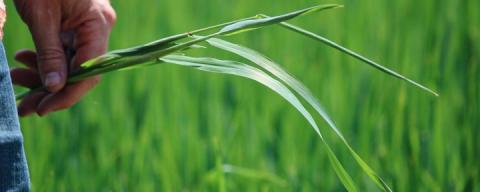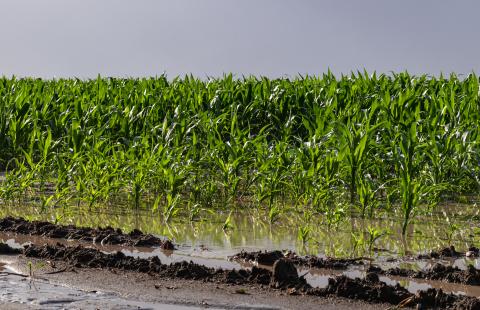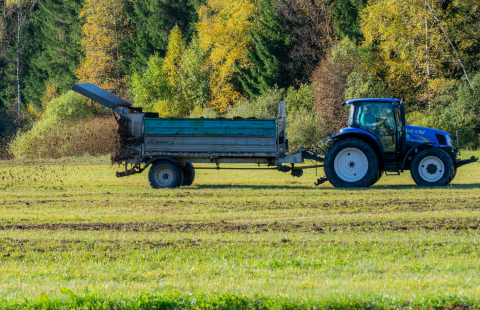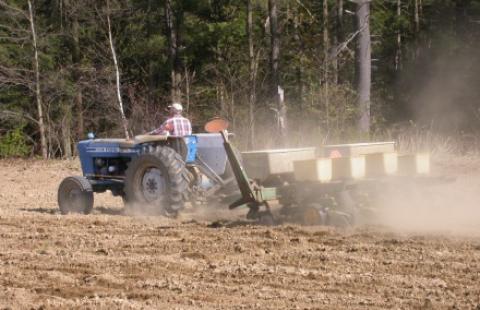Articles
With the recent weather, the chances of flooded forages are real. This article explains what can be done to minimize the detrimental effects of all th...
Learn More
Harvest practices may influence how well some perennial forage legumes recover
Severe droughts, like the one experienced in 2020, are likely to become more frequent in the future. Results from this study suggest that harvest prac...
Learn More
Cost-saving measures and good practices that address crop needs
Cost-saving measures; they’re good practices that addresses crop needs (and environmental quality) that make sense whether fertilizer is in the $1000 ...
Learn More
Events
-
December 10, 2025, 9 a.m. - 4 p.m.
-
December 16, 2025, 6:30 p.m. - 8 p.m.
-
January 20, 2026
-
January 21, 2026
-
January 22, 2026
-
February 2, 2026
-
February 3, 2026
-
February 10, 2026, 6 p.m. - 8 p.m.
-
February 12, 2026, 6 p.m. - 8 p.m.
-
March 9, 2026
-
March 10, 2026
-
March 12, 2026
-
March 30, 2026, 9 a.m. - 3:30 p.m.
-
September 29, 2026
-
September 30, 2026
Resources
Many farms look forward to the arrival of spring and the start of the growing season, but the change in seasons brought unpleasant surprises to farms ...
Learn More
You can a lot about hay by looking at it, feeling it, and even (carefully!) smelling it. The video below discusses what sorts of things distinguish hi...
Learn More
Forage testing is the best way to assess the quality of your hay, but getting accurate results depends on starting with a representative sample. The v...
Learn More
Although improving soil fertility by additions of fertilizer, lime, or wood-ash based on a soil test can do much to increase a field’s productivity, t...
Learn More
There are plenty of times when having hard copy of crop records can be handy, and this worksheet allows you to keep track of crop information, soil fe...
Learn More
Many species of grasses and legumes serve as forages. However, not all forage species are suited to New Hampshire’s climate and growing season, nor ar...
Learn More
-
Evalyn Rizzuto, Dairy & Livestock Program Intern









